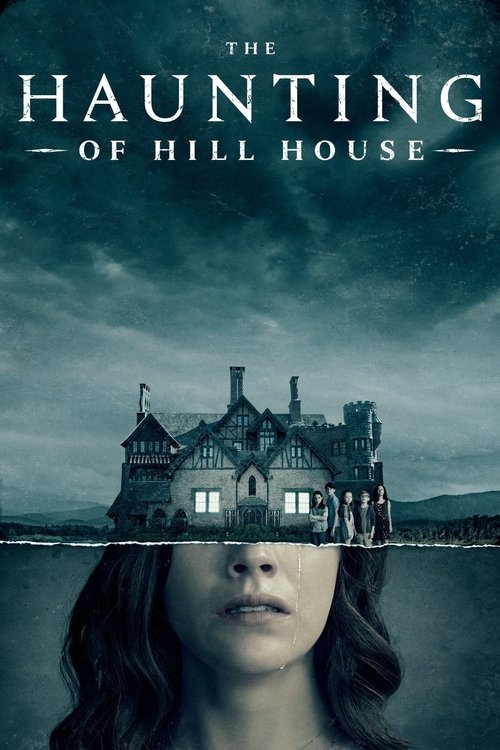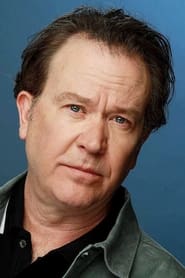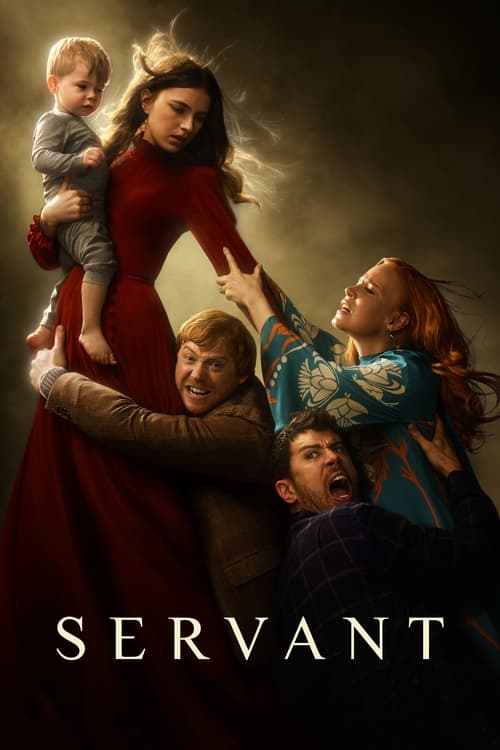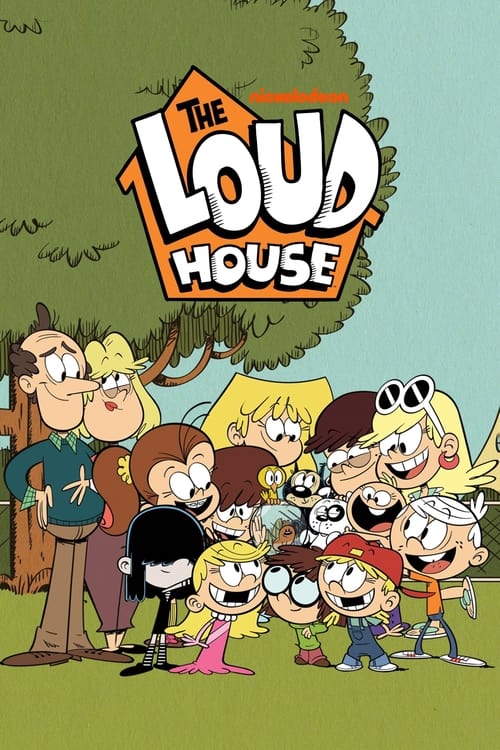
Ask Your Own Question
What is the plot?
In the late 1990s, the Crain family moves into Hill House, an old mansion in Massachusetts, to renovate it and sell it. The family consists of parents Hugh and Olivia Crain and their five children: Steven, Shirley, Theo, Luke, and Nell. As they begin their renovations, strange occurrences start to happen. Olivia begins to experience unsettling visions and becomes increasingly drawn to the house, while the children encounter supernatural phenomena. One night, after a series of disturbing events, Olivia becomes overwhelmed and loses her grip on reality.
One evening, Olivia, feeling isolated and tormented by the house, has a breakdown. She believes she is being guided by the spirits of the house and becomes fixated on the idea of keeping her family together at all costs. In a tragic turn, she attempts to take her children away from Hugh, believing that the house is trying to harm them. This culminates in a horrifying scene where she tries to suffocate Luke, believing she is saving him from the house. Hugh intervenes, and in the chaos, Olivia dies, leaving the family shattered.
The narrative shifts to the present day, where the adult Crain siblings are dealing with the trauma of their childhood. Steven, now a successful author, is writing a book about their experiences in Hill House, which causes tension with his siblings. Shirley runs a funeral home and struggles with her own grief and the burden of family expectations. Theo, a child psychologist, has developed a strong sense of intuition but is emotionally guarded. Luke, a recovering addict, is still haunted by his past, and Nell, who has been struggling with mental health issues, is deeply affected by the memories of Hill House.
Nell, feeling increasingly isolated, reaches out to her siblings for help. She reveals that she has been experiencing visions and believes that the house is still affecting them. The siblings gather for a reunion at the house, where they confront their shared trauma. During this visit, they begin to experience supernatural occurrences once again, including visions of their mother and the presence of the house's malevolent spirits.
As the siblings delve deeper into their memories, they uncover the truth about their mother's death and the impact of Hill House on their lives. They each confront their own demons, with Steven grappling with his guilt over profiting from their tragedy, Shirley facing her inability to cope with loss, Theo confronting her emotional barriers, and Luke battling his addiction. Nell, feeling increasingly overwhelmed, has a breakdown and ultimately takes her own life, believing she is reuniting with their mother.
The family is devastated by Nell's death, and they come together to support one another. They begin to understand that the house's influence is not just a physical presence but also a manifestation of their unresolved grief and trauma. In a climactic moment, they confront the spirits of Hill House, including their mother, and come to terms with their past. They realize that they must let go of their pain to move forward.
In the final scenes, the siblings find closure as they honor Nell's memory and begin to heal. They acknowledge the love they have for one another and the importance of facing their fears together. The house, once a symbol of their trauma, becomes a place of reconciliation and understanding. The series concludes with the siblings leaving Hill House, united in their shared experiences and ready to embrace their futures.
What is the ending?
At the end of The Haunting of Hill House, the Crain family confronts their traumatic past and the haunting legacy of Hill House. In a climactic moment, they face the spirit of their mother, Evelyn, and the trauma that has haunted them since childhood. Each sibling finds a way to cope with their grief and trauma, ultimately leading to a sense of closure. The series concludes with the family coming together, acknowledging their shared pain, and moving forward with their lives.
As the final episodes unfold, the narrative shifts back and forth between the present and the past, culminating in a powerful confrontation with the ghosts of Hill House.
In the present, we find the Crain siblings--Steven, Shirley, Theo, and Luke--gathered at Hill House for a final confrontation with their past. The atmosphere is thick with tension as they navigate the familiar yet haunting hallways of their childhood home. Each sibling carries their own emotional baggage, shaped by their experiences in the house and the loss of their mother, Evelyn.
The scene transitions to a flashback, revealing the tragic night when their mother died. Evelyn, portrayed as a tormented figure, is seen struggling with her mental health, exacerbated by the malevolent presence of Hill House. The children, still young, are depicted in a state of confusion and fear, witnessing their mother's descent into despair. This moment is pivotal, as it lays the groundwork for the siblings' lifelong struggles with grief and trauma.
Back in the present, the siblings are drawn to the house's central room, where they confront the spirit of their mother. Evelyn appears, a ghostly figure embodying both love and sorrow. The siblings are initially paralyzed by fear, but as they engage with her, they begin to understand the depth of her pain. Each sibling expresses their feelings of abandonment and guilt, revealing the scars left by their childhood experiences.
Steven, the eldest, grapples with his role as the protector, feeling the weight of responsibility for his siblings. Shirley, the caretaker, confronts her own denial and the need to control her emotions. Theo, the independent and guarded sister, struggles with vulnerability and connection. Luke, the youngest, battles his addiction and the shadows of his past. As they share their truths, the siblings begin to heal, recognizing that their mother's struggles were not solely their burden to bear.
In a poignant moment, they collectively acknowledge their mother's love, despite her flaws. This acceptance allows them to release the pain that has haunted them for years. The house, once a symbol of their trauma, transforms into a space of reconciliation. The siblings hold hands, forming a circle of support, and together they confront the darkness that has lingered in Hill House.
As the confrontation reaches its climax, the house begins to shake, reflecting the emotional turmoil of the siblings. In a final act of defiance against the haunting, they declare their love for each other and for their mother, breaking the cycle of fear that has bound them. The spirits of Hill House, including Evelyn, begin to dissipate, signifying the release of the family's collective trauma.
The series concludes with a sense of hope. The siblings are seen in their respective lives, having moved on from the shadows of Hill House. Steven continues his writing, now infused with a deeper understanding of his family's history. Shirley embraces her role as a mother, finding joy in her family. Theo opens herself up to love, while Luke, having faced his demons, begins to rebuild his life.
In the final scenes, the camera pans out from Hill House, now quiet and still, symbolizing the end of an era for the Crain family. The haunting legacy of the house remains, but the siblings have found a way to carry their memories forward, united in their shared experiences and love for one another. The story closes on a note of resilience, emphasizing the importance of confronting one's past to find peace in the present.
Is there a post-credit scene?
The Haunting of Hill House does not have a post-credit scene. The series concludes with its final episode, "Silence Lay Steadily," which wraps up the storylines of the Crain family and their experiences in Hill House. The focus is on the resolution of their traumas and the impact of their past on their present lives. The emotional weight of the series is encapsulated in the final moments, where the characters confront their fears and find a sense of closure, rather than extending the narrative with additional scenes after the credits.
What is the significance of the red room in Hill House?
The red room is a pivotal location in 'The Haunting of Hill House,' serving as a manifestation of the family's fears and desires. Initially perceived as a locked room, it symbolizes the secrets and trauma that haunt the Crain family. Each family member experiences the room differently, reflecting their personal struggles. For example, for Eleanor, it represents freedom and escape, while for Luke, it embodies his addiction. The room's true nature is revealed to be a space that adapts to the emotional needs of those who enter, ultimately showcasing the house's malevolent influence.
How does the character of Hugh Crain cope with the trauma of Hill House?
Hugh Crain, the patriarch of the Crain family, grapples with the trauma of Hill House throughout the series. He is portrayed as a protective father, deeply affected by the loss of his wife, Olivia, and the haunting experiences of his children. His coping mechanisms include denial and a strong desire to shield his children from the horrors of their past. This leads to strained relationships, particularly with his daughter Shirley, who feels abandoned. Hugh's internal conflict is palpable as he struggles between confronting the truth of Hill House and maintaining a semblance of normalcy for his family.
What role does Olivia Crain play in the family's tragedy?
Olivia Crain is central to the family's tragedy in 'The Haunting of Hill House.' As the matriarch, her descent into madness is intricately tied to the house's supernatural influence. Initially depicted as a loving mother, her character becomes increasingly unstable, driven by the house's malevolent forces. Olivia's emotional turmoil is exacerbated by her experiences in the red room, which distorts her perception of reality. Her tragic fate, culminating in her death and the impact on her children, highlights the devastating effects of the house's haunting, as she becomes both a victim and a catalyst for the family's unraveling.
What is the relationship between the siblings, particularly between Shirley and Luke?
The relationship between Shirley and Luke Crain is complex and fraught with tension in 'The Haunting of Hill House.' Shirley, the eldest sibling, embodies responsibility and practicality, often taking on the role of caretaker. In contrast, Luke struggles with addiction and the trauma of their shared past. Their interactions are marked by a blend of love and frustration; Shirley's attempts to help Luke often clash with his resistance to change. This dynamic reflects the broader themes of familial obligation and the struggle to overcome personal demons, as both siblings navigate their painful history while trying to support one another.
How does the series depict the theme of grief through the character of Theo?
Theo, the Crain family's middle daughter, embodies the theme of grief in 'The Haunting of Hill House' through her emotional detachment and unique ability to sense the supernatural. Her character is marked by a deep-seated fear of intimacy, stemming from the trauma of losing her mother and the haunting experiences at Hill House. Theo's coping mechanism involves building walls around her emotions, which is visually represented by her vibrant yet isolating fashion choices. As the series progresses, her journey reveals the complexities of grief, as she learns to confront her past and the impact of her family's tragedy on her identity and relationships.
Is this family friendly?
"The Haunting of Hill House" is not considered family-friendly due to its intense themes and disturbing content. Here are some potentially objectionable or upsetting aspects that may affect children or sensitive viewers:
-
Graphic Horror Elements: The show features numerous scenes with supernatural entities and ghostly apparitions that can be frightening and unsettling.
-
Death and Grief: The narrative explores heavy themes of loss, trauma, and the impact of death on the family, which may be emotionally distressing.
-
Mental Health Struggles: Characters experience severe psychological distress, including anxiety, depression, and trauma, which may be difficult for some viewers to process.
-
Violence: There are instances of physical violence and self-harm that are depicted in a raw and emotional manner.
-
Parental Neglect and Abuse: The show touches on themes of neglect and emotional abuse within the family dynamic, which can be troubling.
-
Nightmares and Hallucinations: Characters frequently experience terrifying nightmares and hallucinations that blur the line between reality and the supernatural.
-
Intense Emotional Scenes: The show contains several emotionally charged moments that deal with family conflict, betrayal, and deep-seated fears.
Due to these elements, it is advisable for parents to consider the maturity level of their children before allowing them to watch the series.

































